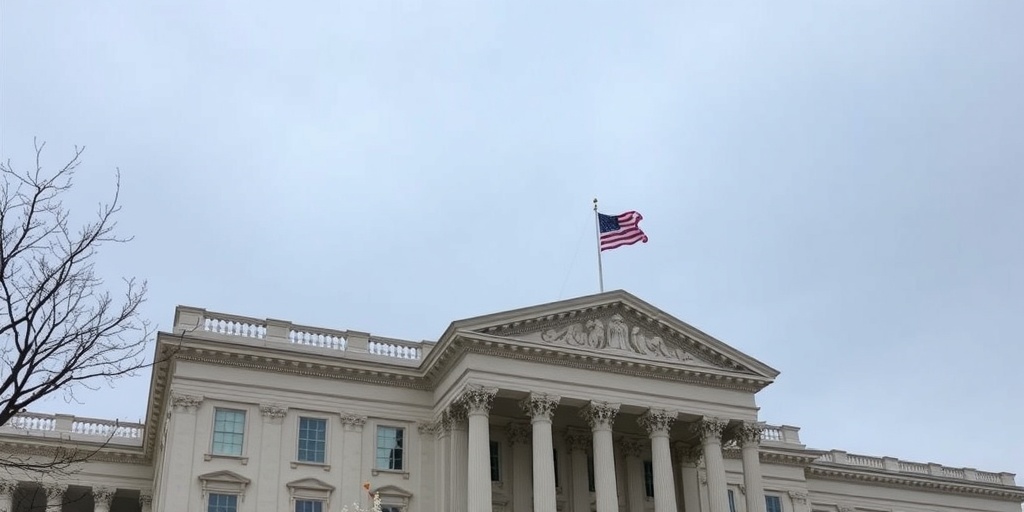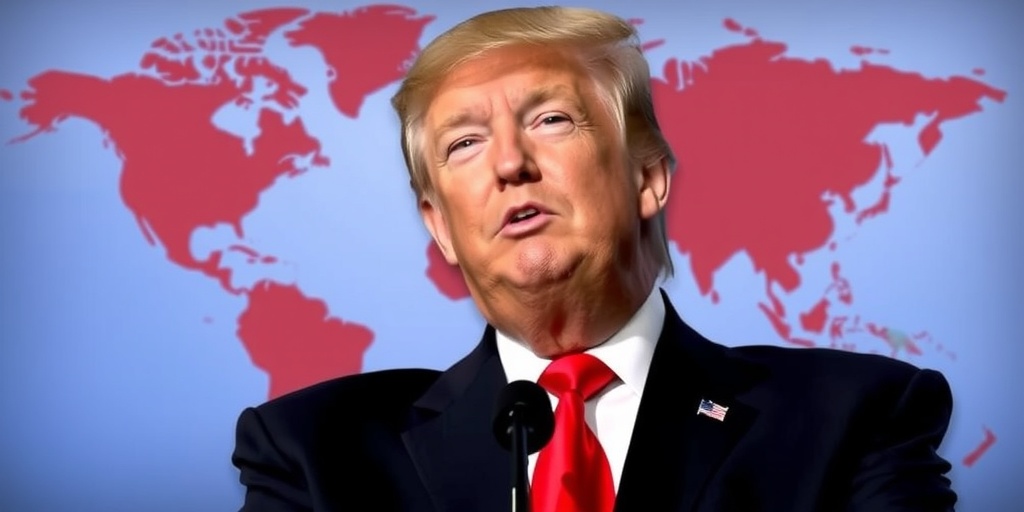Now Reading: Lessons from the ‘China Shock’: Misguided Takeaways from Trump
-
01
Lessons from the ‘China Shock’: Misguided Takeaways from Trump
Lessons from the ‘China Shock’: Misguided Takeaways from Trump

Title: The Legacy of the China Shock: Economic Disruption and its Consequences
As the United States ventured into the new millennium with hopes of benefiting from normalized trade relations with China, many manufacturers anticipated a surge of inexpensive goods entering American markets. What they encountered, however, was an overwhelming influx—imports from China surged nearly threefold between 1999 and 2005. The American manufacturing sector, burdened by higher wages and strict safety standards, struggled to compete. This phenomenon, termed the “China shock,” led to the loss of millions of jobs and left deep scars across communities, from Michigan to Mississippi.
In light of these challenges, former President Donald Trump and his administration viewed the job losses as a stark example of the detrimental effects of longstanding U.S. trade policy. The administration proposed a radical shift, implementing high tariffs on Chinese imports as a means of restoring American manufacturing jobs. In one significant move, Trump imposed tariffs exceeding 100% on many imports from China while suspending steep tariffs on other trading partners.
Despite Trump’s assertions, few economists agree with the notion that a massive resurgence of manufacturing jobs in the U.S. is realistic or achievable through tariffs. In fact, many experts contend that Trump’s analysis of the China shock is fundamentally flawed. They argue that the true lesson lies not in trade itself but in the societal impacts of rapid economic transformation. Economists caution that without recognizing this aspect, Trump risks repeating the very errors he seeks to rectify.
Scott Lincicome, a trade economist from the Cato Institute, highlights the misconception surrounding the China shock, stating, “For the last 20 years we’ve been hearing about the China shock and how brutal it was. And now, after many places have moved on, we’re shocking them again.”
The narrative surrounding the China shock is often overly simplistic. Factory jobs had been in decline long before China’s accession to the World Trade Organization in 2001, with these losses accelerating around 2000, particularly in labor-intensive sectors like apparel and furniture manufacturing. Yet, many attributed this decline to various factors beyond just competition from China. Alongside trade pressures, advancements in technology allowed factories to produce goods more efficiently, further complicating the landscape for American manufacturing.
It’s estimated that while Chinese imports contributed to a significant portion of the five million manufacturing jobs lost over a 12-year period, the actual impact of Chinese competition represents only a fraction of the overall job decline. What distinguished the China shock was not simply the economic costs but the speed and concentration of job losses in certain communities. Areas reliant on labor-intensive manufacturing experienced rapid job evaporation. For instance, Hickory, North Carolina, saw its furniture industry workforce shrink from over 32,000 employees to less than 13,000 within a decade.
The prevailing belief in standard economic theory was that regions affected by job losses would adapt fairly quickly—abandoned factories would be repurposed, and displaced workers would transition to new roles in growing industries. However, this did not occur. While new jobs emerged, they were often in different areas, leaving laid-off workers struggling to find positions that matched their skills or pay. Many resorted to lower-paying service jobs or exited the labor market altogether, leading to rising rates of addiction and premature death in these communities.
The central insight from the China shock literature underscores a critical truth: economic change is inherently challenging, with rapid shifts proving even more disruptive. When transformation occurs gradually over decades, individuals and communities have the opportunity to adapt through various channels. However, sudden economic disruptions can overhaul entire industries in mere years, as evidenced by the swift job losses in the manufacturing sector.
Simultaneously, as Trump announced tariffs intended to reverse the effects of the China shock, it became evident that the potential consequences of such actions could mirror or even exacerbate past disruptions. The tariffs could affect nearly every imported product and shift the dynamics of consumer behavior, leading to severe repercussions for industries the administration aims to protect.
Companies, including major players like Stellantis and Whirlpool, have reported layoffs linked to uncertainties surrounding tariffs, reflecting a chilling effect on consumer spending. Economists warn that a broad restructuring of trade policy could lead to the kind of devastation experienced in the wake of the original China shock, impacting communities across the U.S.
The underlying reality of American manufacturing is that nearly all manufacturers rely on imports for various components and materials. While theoretically feasible, the proposed shift of suppliers and supply chains back to the U.S. would require time, resources, and a skilled labor force that is currently lacking in many sectors. Building new factories and resuscitating local economies would necessitate a comprehensive long-term strategy aimed at understanding and accommodating the unique needs of diverse communities.
Historically, cities affected by industrial decline have begun attracting new industries and jobs in recent years. Some regions that previously experienced economic devastation are witnessing recovery, thanks to tailored strategies that play to local strengths rather than relying on overarching, broad national policies. Such localized approaches have fostered new economic drivers, as evidenced by examples from cities like Grand Rapids, Michigan.
In conclusion, the scars left by the China shock continue to influence policy discussions and trade debates today. As the U.S. navigates this complex landscape, the question remains: can we learn from the past and avoid hastening economic dislocation in pursuit of revitalization? There is a growing acknowledgment that any swift changes must be approached with caution and foresight to prevent further harm to vulnerable communities still recovering from earlier shocks.
Stay Informed With the Latest & Most Important News
Previous Post
Next Post
-
 01New technology breakthrough has everyone talking right now
01New technology breakthrough has everyone talking right now -
 02Unbelievable life hack everyone needs to try today
02Unbelievable life hack everyone needs to try today -
 03Fascinating discovery found buried deep beneath the ocean
03Fascinating discovery found buried deep beneath the ocean -
 04Man invents genius device that solves everyday problems
04Man invents genius device that solves everyday problems -
 05Shocking discovery that changes what we know forever
05Shocking discovery that changes what we know forever -
 06Internet goes wild over celebrity’s unexpected fashion choice
06Internet goes wild over celebrity’s unexpected fashion choice -
 07Rare animal sighting stuns scientists and wildlife lovers
07Rare animal sighting stuns scientists and wildlife lovers





















